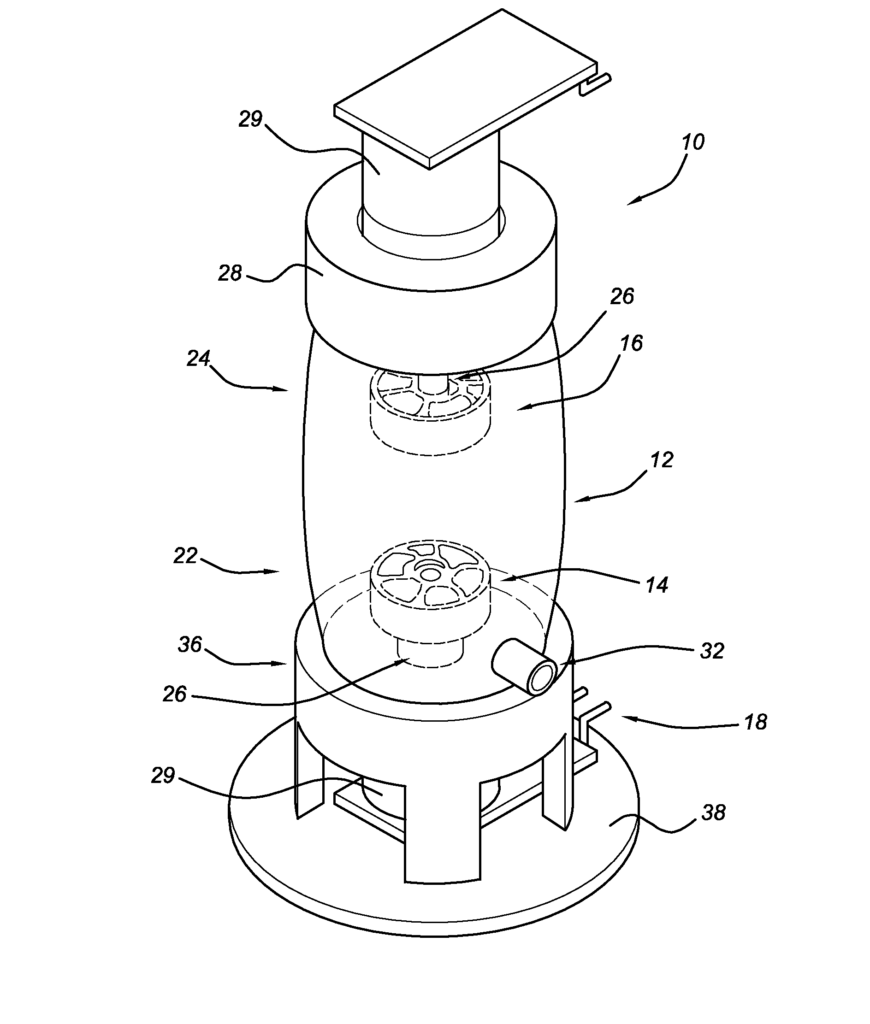Imagine a world where enjoying a juicy steak or a sizzling pork chop doesn’t come at the cost of the environment—or animal lives. As the demand for sustainable and ethical food options reaches a tipping point, Meatable is redefining what’s possible with its lab-grown meat innovations. Using patented technology, Meatable combines science and compassion to deliver meat that’s as delicious and nutritious as the real thing—without the downsides of traditional farming.
This article explores Meatable’s revolutionary approach, the patents driving its success, and how it stacks up against the competition in the rapidly evolving lab-grown meat industry.
What Makes Meatable Lab-Grown Meat Unique?
Meatable stands out from its competitors due to its groundbreaking technology and commitment to creating meat that mirrors the texture, flavor, and nutritional profile of traditional meat. Here are the key factors that set Meatable apart:
- Sustainability at Its Core: Meatable’s process drastically reduces greenhouse gas emissions, water consumption, and land usage compared to conventional meat production.
- Pluripotent Stem Cell Technology: Meatable uses a single pluripotent stem cell to grow both muscle and fat cells, ensuring high efficiency and eliminating the need for animal-derived inputs.
- Ethical Innovation: By avoiding fetal bovine serum (FBS), Meatable offers a cruelty-free alternative that addresses ethical concerns head-on.
- Scalability for a Growing World: With advanced culturing techniques, Meatable is poised to meet global food demands without compromising on quality or sustainability.
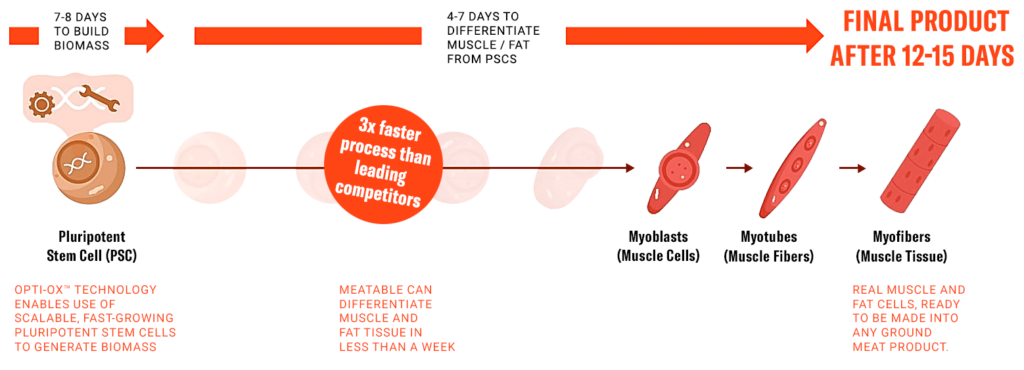
What Are the Key Patents Behind Meatable Lab-Grown Meat?
Meatable’s innovative edge is supported by several key patents that demonstrate its technological prowess:
US2024174957A1: This patent details an apparatus for culturing muscle tissue within a chamber designed for optimal growth. Anchors located within the chamber facilitate tissue development, ensuring structural integrity and scalability of the cultured muscle.
WO2024170696A1: Focused on pluripotent stem cells, this patent introduces expression constructs for MYOD and MYOG proteins. These proteins are crucial for the development of skeletal muscle cells, forming the foundation of Meatable’s meat production.
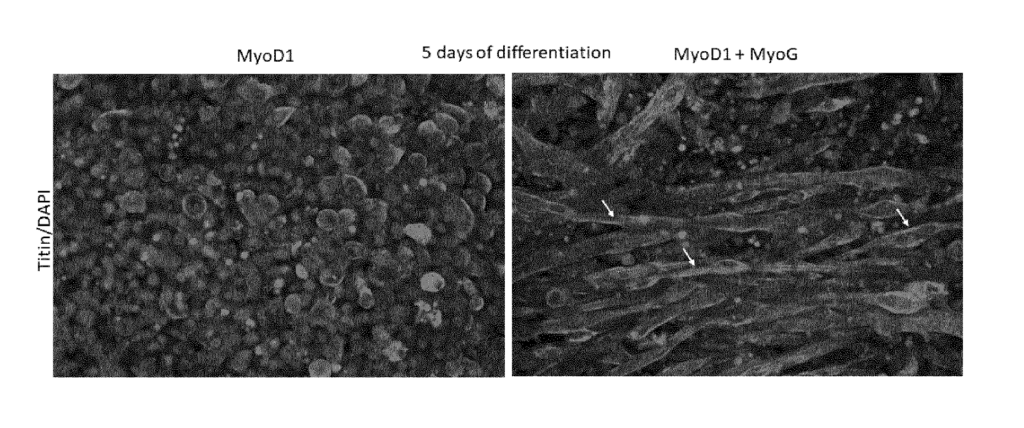
WO2024170702A1: Similar to the prior patent but involving PAX7 alongside MYOD proteins, this invention refines skeletal muscle cell production, improving efficiency and quality.
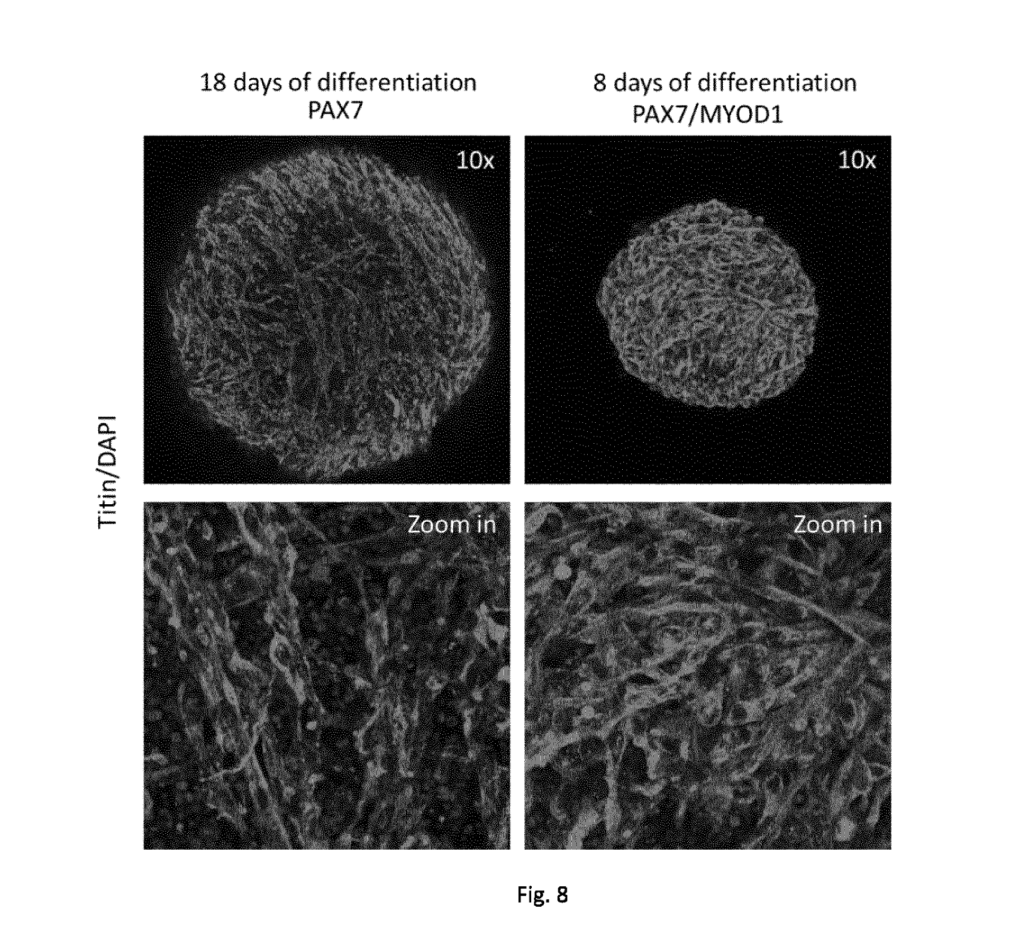
WO2024084082A1: This patent advances the production of adipocytes, the fat cells essential for the texture and flavor of meat. It uses expression constructs for PPAR-γ and CEBPα proteins to enhance adipocyte development.
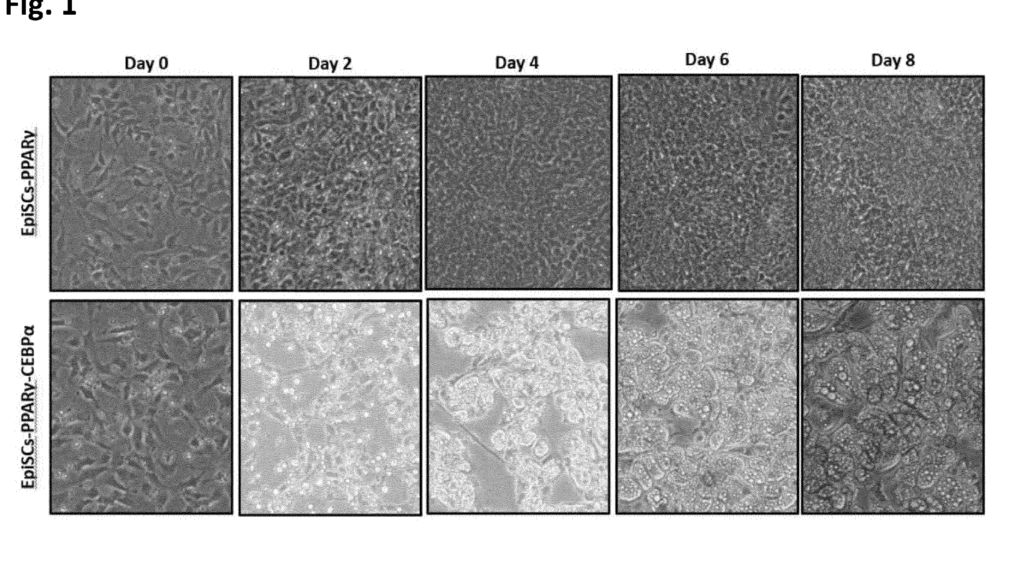
WO2024252001A1: This method revolutionizes cell culturing by enabling different cell types to grow within the same medium. It ensures high-density cultures, streamlining the process for cost-effectiveness and scalability.
These patents underline Meatable’s dedication to cutting-edge science and its potential to redefine how the world consumes meat.
How Does Meatable Compare to Competitors?
Meatable’s advancements place it among the leaders in the lab-grown meat industry. Here’s how it fares against key competitors:
| Feature | Meatable | Upside Foods | Mosa Meat |
| Key Technology | Pluripotent stem cells, no FBS | Scaffolding and serum-free methods | Scaffolding and growth factors |
| Product Variety | Beef, pork | Chicken, beef | Beef |
| Sustainability Focus | High | Moderate | High |
| Scalability | Advanced culturing methods | Developing | Developing |
Meatable’s emphasis on pluripotent stem cell technology and its ethical production process position it as a leader in this space.
Meatable is more than just a company—it’s a movement reshaping the future of food. By combining advanced patented technology with a commitment to sustainability and ethics, Meatable is paving the way for a world where meat production aligns with our planet’s needs and values.
What other companies are filing patents for the meat substitutes? Request a patent landscape around this technology by filling out the form below:


